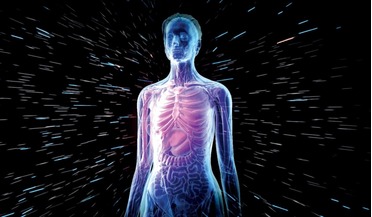 October 2018
Radiation study paves way for safe deep space exploration
October 2018
Radiation study paves way for safe deep space exploration
...LEO radiation environment. Other researchers from around the world with heritage participation in the Dose Distribution Inside the International Space Station - 3D (DOSIS-3D) experiments associated with the Matroshka project will also be contributing...
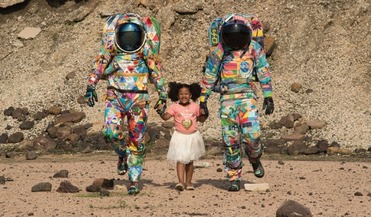 November 2018
Creating the ‘Space for Art Foundation’
November 2018
Creating the ‘Space for Art Foundation’
... have four art spacesuits, three of which have travelled to and from the International Space Station (ISS). From this diverse and creative international team, we’ve formed the Space for Art Foundation, and we are on a mission to unite heroic children...
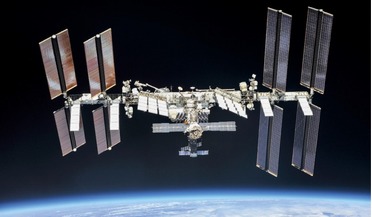 January 2019
Materials make the space mission
January 2019
Materials make the space mission
... human exploration of Mars. A very peculiar environment in space is that of the International Space Station (ISS) at 400 km altitude. Although designed to support up to six astronauts, the presence of breathable air, water, organic materials and...
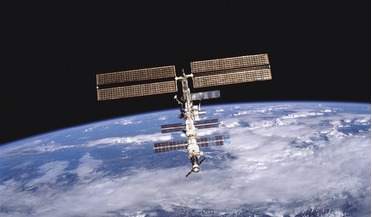 February 2020
Preserving our space heritage
February 2020
Preserving our space heritage
... one to address. Scientific satellites such as the Hubble Space Telescope (HST) have contributed enormously to our understanding of the universe and are surely worth preserving. The International Space Station (ISS) is an iconic example of what can...
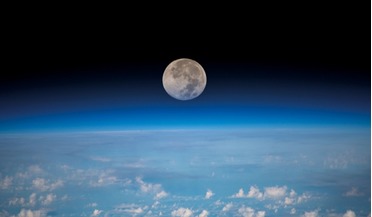 May 2020
Developing a commercial market for small sample return
May 2020
Developing a commercial market for small sample return
... as NASA’s Commercial Lunar Payload Services programme can possibly do for the lunar surface what Commercial Resupply Services did for the International Space Station, providing reliable and relatively cheap access via commercial platforms. Several...
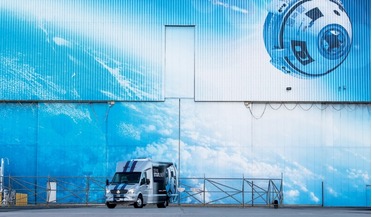 June 2020
Astrovan II - your ride to space is here
June 2020
Astrovan II - your ride to space is here
... to Cape Canaveral’s Launch Complex 41, where they will board the Starliner for an even more exciting ride to the International Space Station. “We’re not too far from the Astrovan driving to the pad a few times each year,” said Ferguson. “I hope...